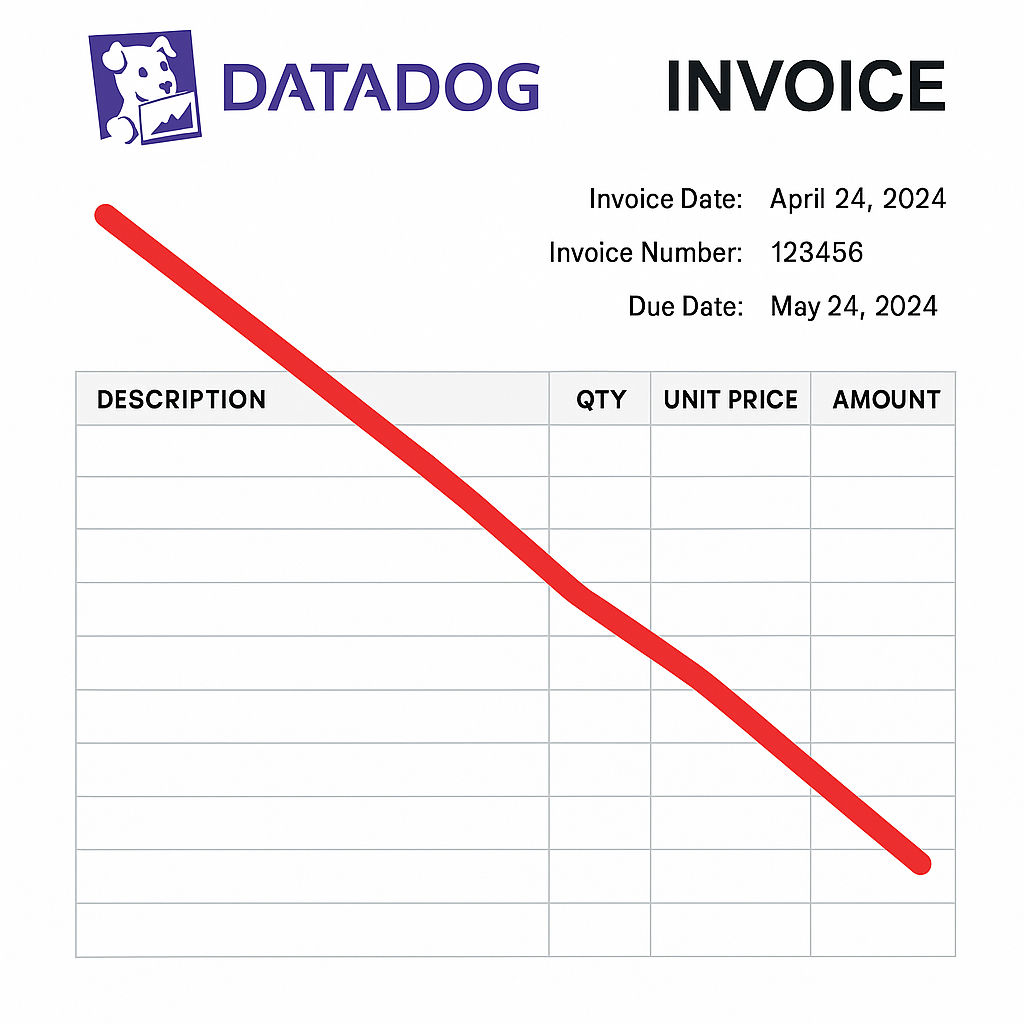ARE YOU THINKING ABOUT
AI for SRE?
You could have an AI SRE platform investigating alerts in one afternoon. You could roll out "ChatGPT for your environment" for developer self service investigations tomorrow.
These AI investigations are 1/100th the cost of doing them by hand, and 70% faster.
They are backed by the industry's largest library AI SRE tools to get your team started. After you are up and running, the platform helps you build your own.

Thousands of AI tools integrated in your environment in minutes
Your AI SRE platform is only as good as the tools you give it for your environment. You need it to run kubectl, sql and curl your APIs. How will you trust AI do that safely? This is where you need a tools library... Start with ours, then add your own.
The RunWhen platform

STEP 1: Roll Out "ChatGPT" With A Few Thousand Tools In Minutes
RunWhen feels like ChatGPT, but it is backed by the industry's largest repository of AI SRE tools.
Install your first few thousands read-only tools in minutes using our installers, and give RunWhen to your developers for self-service in pre-production. Give it to your SREs so anyone can do 10x faster root cause analysis and remediation.
Get started with a kubeconfig for containers or cloud credentials for VMs and serverless. The platform will import and configure thousands of our default, read-only AI SRE tools in minutes.

STEP 2: Let Background Assistants Learn The Basics By Investigating Alerts
Connect "Assistants" on the platform to any part of your stack that sends notifications -- Observability tools, pipeline notifications, chat channels and ticketing queues come up often.
They perform autonomous triage, research and remediation. When the Assistant doesn't have the tools to take an investigation further, it generates a write-up for Jira, ServiceNow, Github, etc.
The platform is learning along the way, building knowledge about your environments and also figuring out where key tools are missing.
Out of the box, Assistants typically reduces the number of alerts needing human attention by 90%+.

STEP 3: Coaching Tips To Get To The Next Level
While RunWhen is designed to work "out of the box" for modern environments, it is the only AI SRE platform designed to be coached by your team.
Coaching lets your team extend this into older environments where you may have a lot of tribal knowledge but little else.
These coaching tips influence the direction of the investigations, and accelerate the platform learning process dramatically.

STEP 4: Add Your Own (Private) Tools
Your AI SRE platform is only as good as the tools that it can use.
The read-only defaults from the public library are enough to get into production use, but that is only the beginning.
After you are up and running, the the platform will begin suggesting tools that it is missing. Data problem and it doesn't have the right query? API issue and it can get to the endpoint?
The platform helps you add the tools you need to make every investigation successful, and (when safe) start the process of automating basic remediations.
Work with our FDEs to add "30 tools in 30 days" to your AI SRE platform.





Can my team deploy RunWhen?
We work in the strictest financial services, health care and government environments in the industry



Need help with a business case?
Our team can help you build a business case for production environments, non-production environments, or both.
We typically do this after a 30 day PoV so we can use real production data in your environment.

How are other teams using AI?

24/7 developer self service
This team is reducing developer escalations by 62%, giving dev teams their own specialized Engineering Assistants to troubleshoot CI/CD and infrastructure issues in shared environments.

Bring on-call back in-house
This team is reducing MTTR and saving cost, replacing an under-performing outsourced on-call service. They are giving Engineering Assistants to their expert SREs that respond to alerts by drafting tickets.
A (paid) community?
Interested in turning your hard-earned production experience into AI-ready automation? Expert authors in our community receive royalties and bounties when RunWhen customers use their automation. Note - expect rigorous human and AI code reviews and continuous testing requirements to join the program.




Reduce observability costs? Let us show you how.
Unlike AI SRE tools built exclusively on observability data, our system leverages automation that pulls LLM-ready insights directly from your environment.
This means less observability spend rather than more, and less token spend processing data that was not built with LLMs in mind.
































.png)



.png)




.svg)